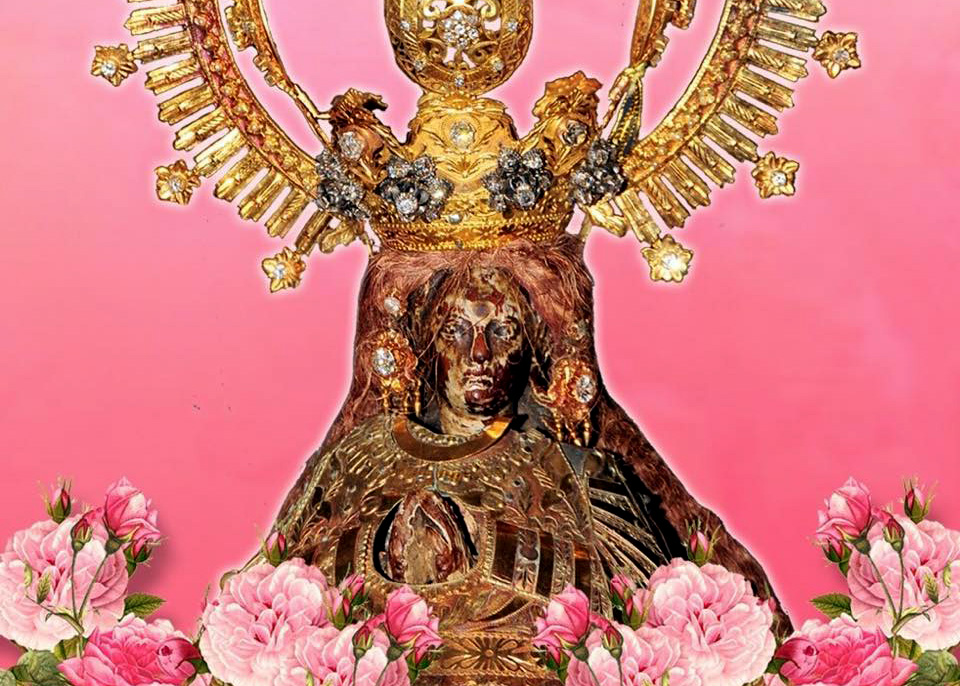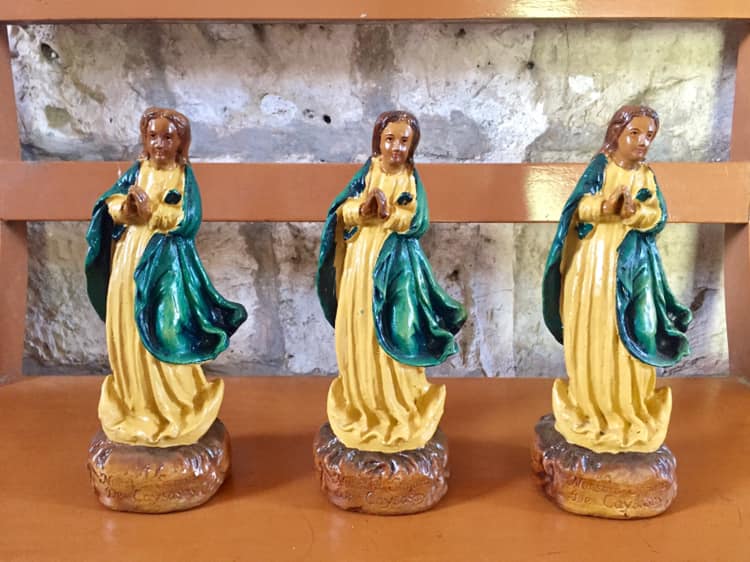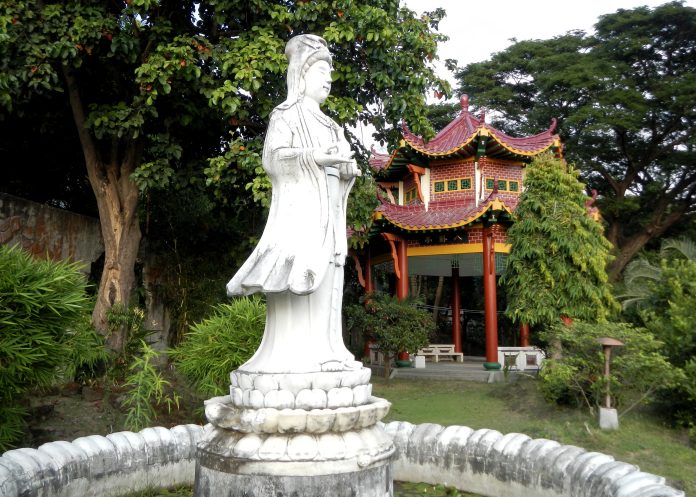Paying homage to the Our Lady of Caysasay in Batangas and Ma-Cho in La Union is a confluence of tradition practiced by Filipinos and Chinese-Filipinos in both Christian and Chinese rituals.
Dr. Christina Lee, Ph.D, presented the linkage between the rituals in the recent webinar on “The Chinese in Philippine colonial history at a period of chaos, resistance and conquest” sponsored by the Kaisa Heritage Foundation.
Ma Cho (MA-Tzu) is a Chinese deity born in 960 AD during the Sung Dynasty.
She is known as the “Chinese Goddess of the Sea” and is considered to be the special protector or patron saint of fishermen, sailors, and seafarers.
During her lifetime, it is said that Ma-Cho had supernatural powers and performed miracles, subduing evil spirits and averting disasters at sea. She sacrificed her life while trying to save seafarers endangered by rough seas. She died at the young age of 28.
Before setting out on a voyage, it was customary for the Chinese to visit a Ma-Cho temple to ask for protection. Similarly, immediately upon arrival at port, travelers would visit Ma-Cho to thank her for their safe passage.
In 1968, a boat with Taiwanese fishermen was driven off course by a powerful typhoon and they had to seek shelter by the shores of San Fernando Bay in La Union.
In appreciation of the hospitality extended to them by the Filipinos, the fishermen gave the image of Ma-Cho as a parting gift. It is now enshrined in a Taoist temple in San Fernando.

Many Chinese Filipinos, Taoist and Catholic alike, believe that Ma-Cho and the Our Lady of Caysasay are one and the same because of their huge resemblance.
It is a form of “syncretism” or the merging of different beliefs and various schools of thought. Both are considered emanations of each other as they are related to water and/or travel.
It is a unique relationship that is found only in the Philippines
The image of Our Lady of Caysasay was found in 1603 by a fisherman in a fishing village along the Pansipit River in Old Taal.
Since then, there have been stories of miraculous happenings. The parish priest even described the statue’s face as “twinkling like a star.”
Devotees gather every last week of September for a pilgrimage wherein the image of Ma-Cho goes to Taal, Batangas, and a special mass is celebrated in the Shrine of the Our Lady of Caysasay. The image of Ma-Cho then returns the following day to La Union.
In a paper, civic leader Teresita Ang See pointed out that the timeline of the Caysasay figurine’s existence among Filipinos is marked by tragedy among the Chinese.
The year it was fished out, 1603, saw the first big massacre of the Chinese. “Could it have accidentally fallen off the boat of a Chinese trying to flee?”

Another significant coincidence was in 1639, the year the Labac shrine was built, the second biggest Chinese massacre happened.
The Chinese uprising began in Calamba, Laguna, and spread to nearby provinces, such as Batangas and Rizal. The ensuing bloodshed claimed the lives of 30,000 Chinese. The Filipinos, especially those in Taal, sided with the Spaniards and went on a killing frenzy.
Venerations of patron saints, such as Ma-Cho and the Our Lady of Caysasay are among the religious practices that serve to mitigate the negative aspects of a seafarer’s work, such as loneliness, isolation, and institutional living, as well as fear of the dangers that can be encountered at sea.
A study by the Seafarers International Research Center noted that religion assists seafarers in coping with dangerous and emotionally challenging workplaces.
A seafarer’s faith is his most powerful weapon in overcoming difficult emotional, or even dangerous, shipboard conditions and in making life at sea bearable in many ways.
It offers for the ordinary Filipino seafarers strength, hope and peace in relation with their daily work and social relationships on board the vessel.
Seafarers find strength in their God as they commonly experience fear for his life during emergencies at sea often associated with storms, mechanical failure, collisions and groundings.
God is being drawn upon by seafarers to increase their resilience in dealing with stressful and dangerous workplace situations. Seafarers are more likely to draw on their belief to help them at times when they are powerless to help themselves.
It is common for seafarers to engage in faith-based routines that they hope would offer them some protection from ill-fate.
Atty. Dennis R. Gorecho heads the seafarers’ division of the Sapalo Velez Bundang Bulilan law offices. For comments, email [email protected], or call 0917-5025808 or 0908-8665786









